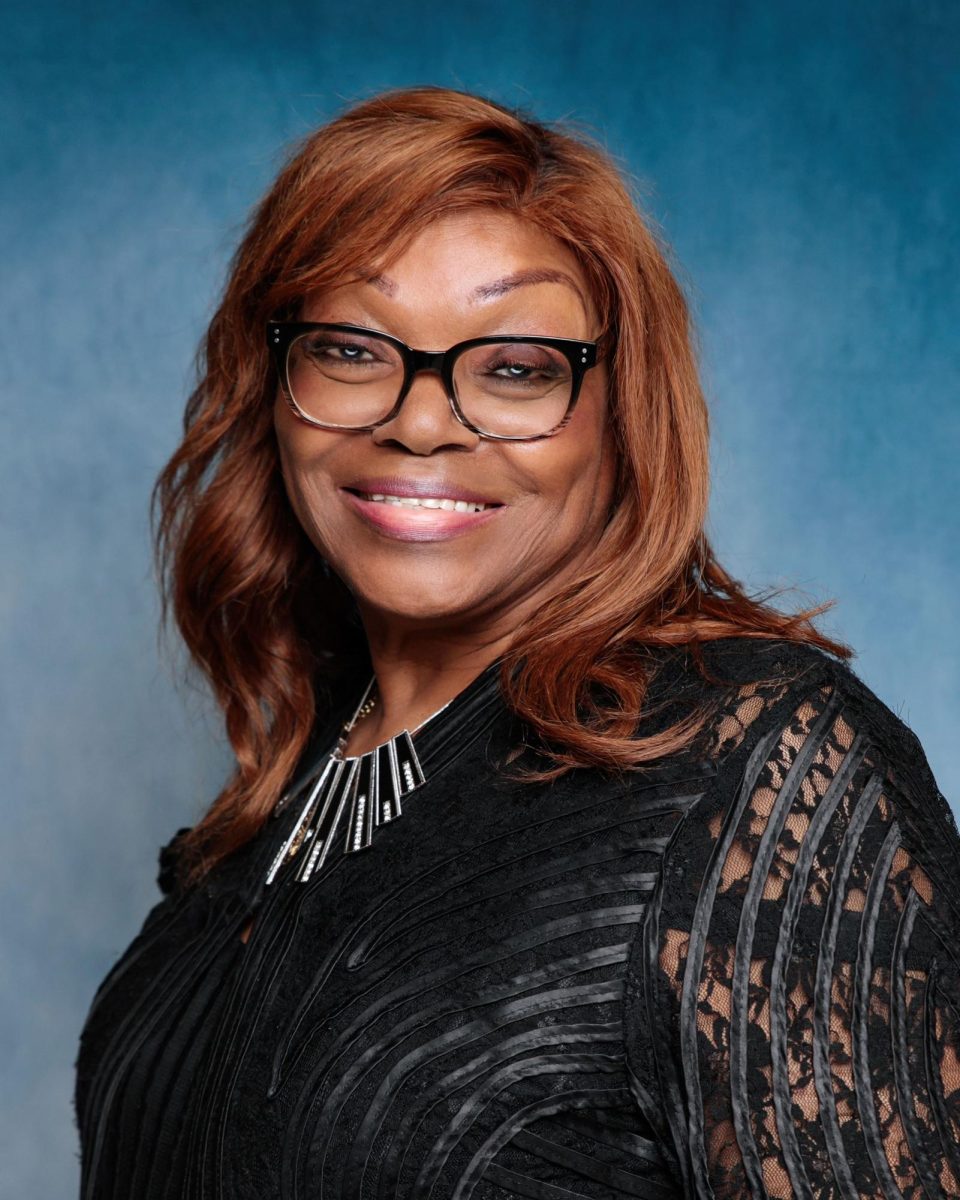Barry Banks on medical marijuana
November 22, 2015
Barry Banks, a 55-year-old Army veteran and graduate student in curriculum and instruction originally from Mount Carmel, starts every day by taking his medications.
There’s the insulin for his diabetes — something he has had for more than 25 years — Omeprazole for acid reflux, Levothyroxine for hypothyroidism and Metoclopramide for gastroparesis. And then there’s marijuana for his chronic pain and digestive problems caused by diabetic neuropathy, a degeneration of the body’s nervous system.
He then walks around town for about an hour each day, usually somewhere on campus. He burns through about a gram of medical marijuana a day, smoking after meals and before bed at night.
Advertisement
Banks is one of approximately 3,300 patients in the state who qualify for the medical marijuana pilot program that launched earlier this month. He first started using the drug in Colorado shortly after it was legalized there, and he is thrilled to see it available in his home state.
“I never thought this day would come,” Banks said over a plate of noodles and pork on a Tuesday afternoon at Carbondale’s Kaya Korean & Japanese Restaurant, where the waitress on shift knows him as a regular who doesn’t take a straw in his drink or bring leftovers on his walks home.
Terrible side effects came with the prescribed opiates that doctors “gave like candy” over the course of his 12-year battle with chronic pain. Expensive, ineffective medications gave him false hope. There came a point in time when Banks was simply fed up with the entire system.
“I was at the end of the road when I made my first trip to Colorado to try it, and I don’t think I would have lasted much longer without it, to be frank,” Banks said.
Banks visited The Harbory in Marion the day after it opened its doors to medical marijuana card holders. He stood in line for more than two hours, but walked out with a little less than two-and-a-half ounces of multiple strains with trendy names like “Chicago Blue Dream” and “Kool Aid Kush.”
Still, Banks said the process of purchasing medical marijuana isn’t all peaches and cream.
“This was one of the strangest drug buying experiences I’ve ever had,” Banks said in reference to his first visit to The Harbory.
Advertisement*
The product was prepackaged when Banks arrived, and was a bit more expensive than he is used to. He paid a total of $962.57 for his marijuana — plus $49.43 in taxes. And he had to pay cash.
“They didn’t take credit cards” he said.
While Banks has no gripe with the quality of the product, he said the the price is too high for patients in Illinois who have to pay out of pocket for their medicine.
“Everybody that’s been getting it through the street can get comparable weed for $100 less [per ounce], and we’re all on restricted budgets,” Banks said. “This system that’s trying to make it on the backs of the crippled is a terrible system. It’s unfair to us.”
Illinois has some of the toughest medical marijuana laws in the country, and card holders like Banks do not have much freedom with how to use, transport or purchase their medication compared to citizens of other 22 states that have legalized medical marijuana.
The Illinois Compassionate Medical Marijuana Act requires patients to have one of about 40 predetermined “debilitating medical conditions” to qualify.
“A person ought to have the right to make decisions about their own healthcare,” Banks said.
Additionally, Banks said the illegal federal status of the drug makes it difficult for doctors to set helpful guidelines for using it.
“I’m a serious consumer of medication, and I’d like to know what’s the appropriate dosage to get me through the day,” Banks said. “I would like to have better guidelines than what there is now, and I’m sure the mother giving it to her child would really appreciate that guidance.”
All else aside, Banks said he is happy to be one of the patients pioneering the pilot program in Illinois. And the worst side effect he has to deal with now is coughing.
“That’s all I can say bad about marijuana,” he said.
Bill Lukitsch can be reached at 536-3325 or at [email protected].
Advertisement








